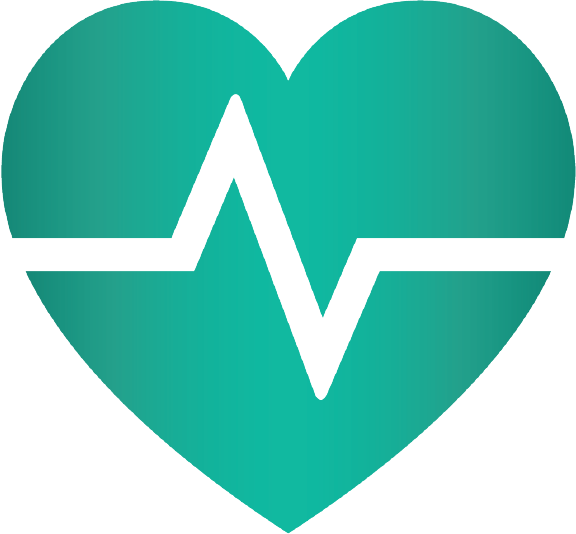Diabetes Management
Summary

Chronic diseases such as diabetes take a great deal of personal commitment and awareness to manage effectively. While every individual is unique and there may be many causes for these difficulties, the current practice of retroactively treating complications of management issues is both expensive and less effective than early action treatment. In conjunction with community health workers and a community clinic, this project focuses on the inter-visit disconnection between diabetic patients and their physicians. Through our work we are investigating how technology, in conjunction with the established community health worker support system, can provide a continuity of care for diabetic patients between visits. We provide these community healthcare workers with a system through which they can monitor and proactively reach out to noncompliant or high-risk patients, without the need for in person followup.
Download PosterBackground
If diabetes were a communicable disease it would now be considered a worldwide pandemic. It is estimated that amongst the United States population 18.8 million individuals have been diagnosed with diabetes. If current trends continue 1 in every 3 United States adults could have diabetes by the year 20501. Further, in 2012 the American Diabetes Association (ADA) estimated diabetes accounted for around 1 in every 5 total healthcare dollars spent in the United States2. This then raises an important question. If prior research has shown that Type-2 diabetes is controllable through lifestyle management, why then has the impact of diabetes become so severe?
We believe this can be attributed to two factors, lifestyle and behavioral decisions and a disconnection between the physicians and patients inter-visit. According to the CDC lifestyle management such as healthy food choices and physical activity cannot only be used to prevent Type-2 diabetes, but also can be used to control it without the need for medication. Unfortunately it has been shown that diabetics are statically less likely to achieve the recommended activity level than those without the disease3.
Methods
To address the problems discussed we have created a two-part solution consisting of a smartphone application, as well as a web-based patient management portal. The application will serve as a point of record for the patient’s glucose levels, nutritional information, and over the counter medications, as well as providing reminders for the patient’s upcoming HbA1c lab appointments. Additionally the application will provide a list of all current medications loaded directly from the patients EMR in collaboration with the local health exchange.
The focal point of the solution is the web-portal utilized by community health workers (CHW). These workers are invaluable, as unlike the often fully or overbooked physicians in the clinic, they will have time available to monitor patients intra-visit. From this interface CHW's will be able to manage all patients under their care. They will receive text alerts when patients glucose levels are recorded out of a personalized safe range, or when a patients requests to be contacted. The portal itself will provide the ability to monitor adherence information on an individual level. CHW will also have access to information such as their recorded glucose and nutrition records. Additionally they will have access to peripheral information such as patient's prescribed medications, as well as any OTC medications they have recorded.
Together these tools would allow medical providers to create and manage individually tailored healthcare plans. By monitoring the information though the companion portal a provider may identify the need to modify a patient's treatment course much earlier than if they waited for the next scheduled appointment. Further, it is our hope to find ways to utilize this data within the patient clinical visits, allowing physicians to draw on a more complete set of personalized data
References
- Boyle, James P., et al. "Projection of the year 2050 burden of diabetes in the US adult population: dynamic modeling of incidence, mortality, and prediabetes prevalence." Popul Health Metr 8.1 (2010): 29.
- American Diabetes Association. "Economic costs of diabetes in the US in 2012." Diabetes Care 36.4 (2013): 1033-1046.
- Zhao, G., et al. "Compliance with physical activity recommendations in US adults with diabetes." Diabetic Medicine 25.2 (2008): 221-227.